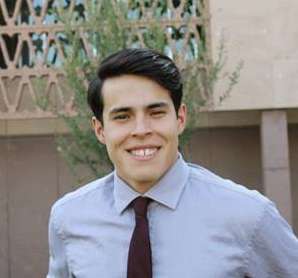Federal agency IT leaders explained at today’s Workday Federal Forum a range of strategies they are pursuing to improve their agencies’ technology workforces in the face of stiff competition for tech and cybersecurity talent.
Addressing workforce issues as part of a panel discussion at the May 22 conference, Seeyew Mo, assistant National Cyber Director for workforce, education, and awareness, discussed the “all hands-on deck” approach used in formulating and implementing the Biden administration’s National Cyber Workforce and Education Strategy issued in July 2023.
Guiding imperatives to the strategy include embarking on a whole-of-nation effort to support and scale local ecosystems for cyber education and workforce development; giving all Americans foundational cyber skills needed to navigate daily life; and creating a more diverse cybersecurity workforce.
“What we are doing there is we are saying that we do not use degrees and years of experience as a barrier that prevents folks from joining the Federal government,” he said. “If you’re an American with the right skills, no matter how you acquire those skills, we’ll transition to this hiring process that will allow you to serve in the Federal government,” Mo said.
Amid the broader push to restock the Federal workforce, agencies are also looking to hire more women in the IT ranks – which has historically been dominated by men, said Christina Dance, senior program manager for Human Resources Modernization at the Defense Intelligence Agency (DIA).
“We hired a third-party consulting company to run a barrier analysis, we identified 10 barriers that females in STEM or in the CIO organization were facing,” she said.
While many of those barriers persist, Dance clarified that DIA will continue to work on creating new systems to help identify them and understand how to bridge the gaps caused by them.
Kaschit Pandya, chief technology officer at the IRS, talked about the aging Federal workforce, and the need to retain important institutional knowledge that may be lost when long-time employees leave the government.
“Currently within the IT organization … over 25 percent of our workforce is retirement eligible today. In the next two years, it’s going to surpass 30 percent, closer to 35 percent,” he said.
“That’s a lot of institutional knowledge that could potentially walk out the door, and we have to figure out not only how to incentivize our people in our teams to stay, but also how do you have conservation of knowledge for those who are going to leave regardless,” he said. “The conservation of knowledge is a key area of focus for us.”
Pandya said the IRS is actively seeking tech-based solutions to mitigate the issues of an aging Federal workforce.
“What we have started to create is a knowledge base, and it’s not just a knowledge base of questions and answers,” said Pandya. “It’s actually these individuals doing videos about what they are currently doing, what their skill sets are, and how they go about addressing a challenge or doing an upgrade or implementing a solution.”

